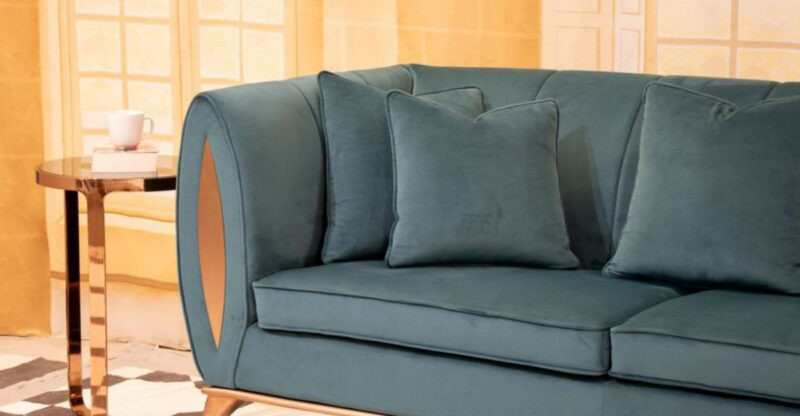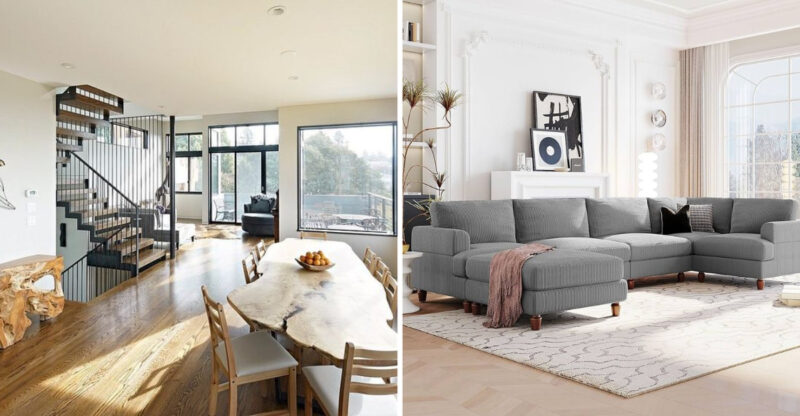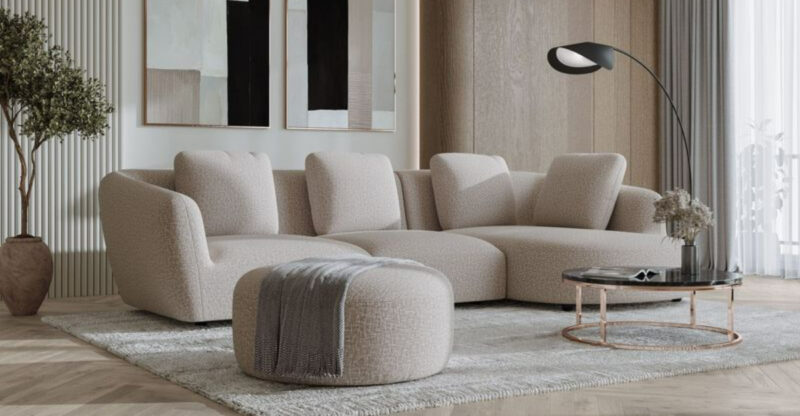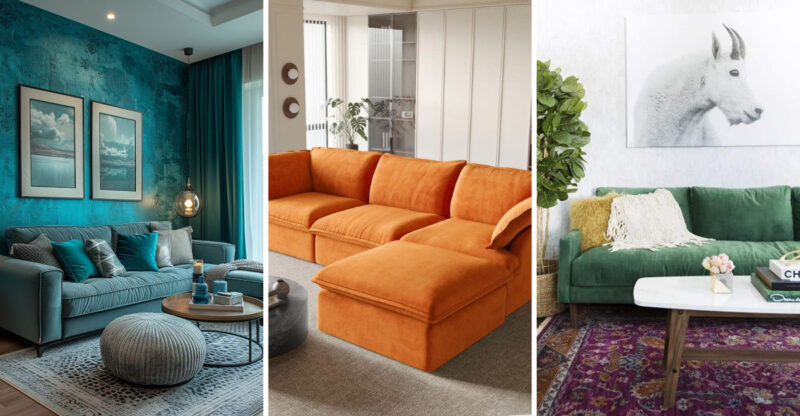6 Pennsylvania Furniture Trends That Fizzled Out And 8 That Stayed Iconic
Pennsylvania has a rich history of furniture making, blending European craftsmanship with American innovation.
Over the centuries, many furniture styles have come and gone, reflecting changing tastes and lifestyles of the region.
Some trends faded into obscurity while others became timeless classics that continue to influence home décor today.
1. Heavy Oak Armoires (Fizzled Out)
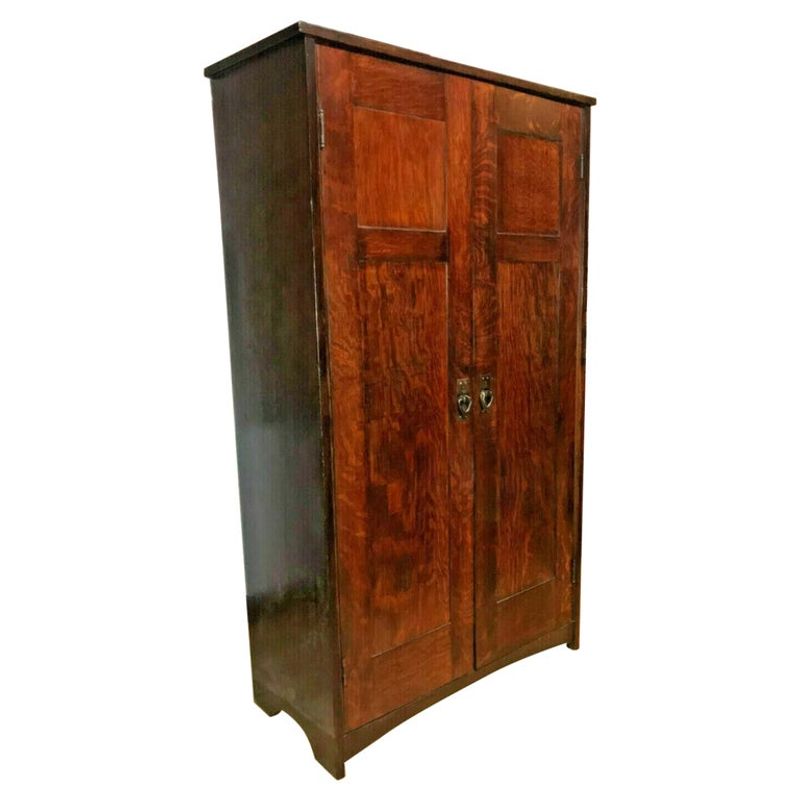
Remember those massive oak wardrobes that dominated bedrooms throughout Pennsylvania homes in the 1980s and 90s? Once considered essential for storing clothes and hiding bulky TVs, these behemoths have largely disappeared from modern homes.
Families eventually tired of navigating around these space-hogging pieces that often darkened rooms with their imposing presence. The shift toward walk-in closets and wall-mounted televisions made these furniture dinosaurs obsolete.
While beautifully crafted, their sheer weight made moving them a nightmare many homeowners simply abandoned them when relocating. You’ll still spot them at estate sales and thrift stores, often selling for a fraction of their original price.
2. Shaker-Style Dressers
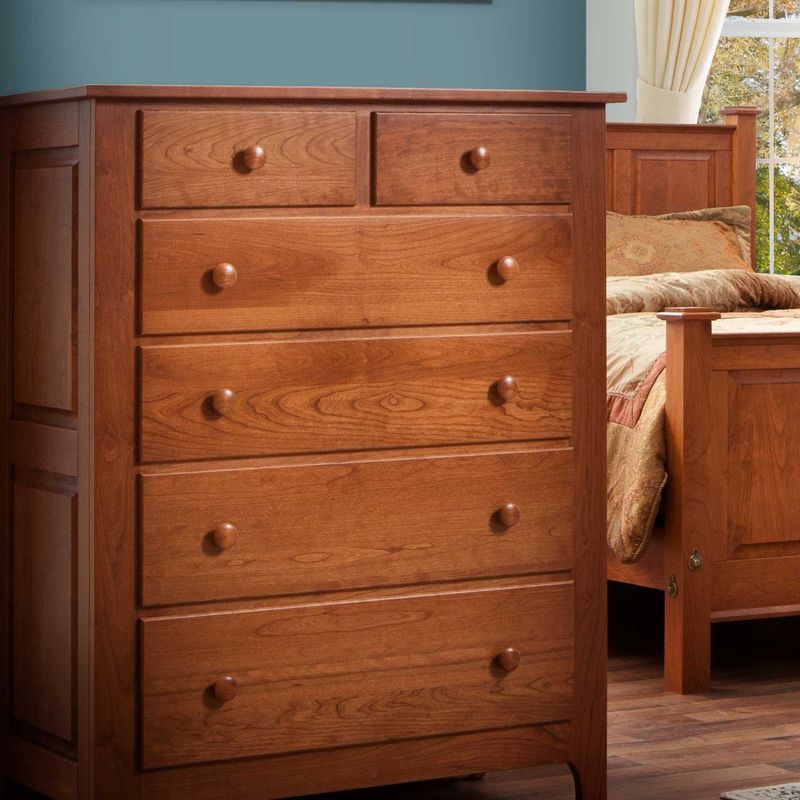
Simplicity reigns supreme in these enduring Pennsylvania favorites. Characterized by clean lines, minimal ornamentation, and exceptional craftsmanship, Shaker dressers have remained relevant for over two centuries.
Their timeless appeal stems from the perfect marriage of form and function nothing excessive, nothing lacking. Originally created by the religious Shaker communities that settled in Pennsylvania, these pieces embody their belief that beauty emerges from utility.
Modern homeowners appreciate how these dressers blend seamlessly with virtually any décor style, from farmhouse to contemporary minimalist. The honest construction methods dovetail joints, solid wood, and quality hardware – ensure these pieces are passed down through generations.
3. Floral Skirted Sofas (Fizzled Out)
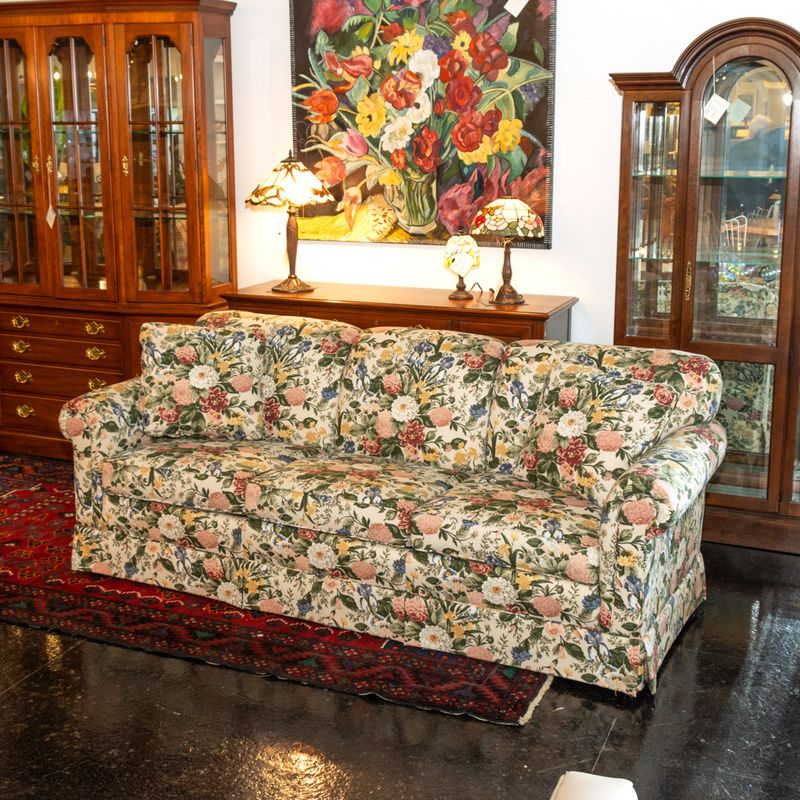
Grandma’s living room staple has officially lost its bloom in Pennsylvania homes. These overstuffed, floral-patterned sofas with their dust-collecting skirts were once the pride of formal sitting rooms across the state.
Typically adorned with cabbage roses or small repetitive patterns in muted pastels, these sofas signaled sophistication in the 1980s and early 90s. Kids remember the strict rules about not sitting on these special pieces except when company visited.
As casual living became the norm, these high-maintenance pieces fell from favor. Modern Pennsylvania homeowners prefer washable slipcovers, pet-friendly fabrics, and streamlined designs that don’t overwhelm smaller living spaces or collect allergens behind those once-fashionable skirts.
4. Windsor Chairs
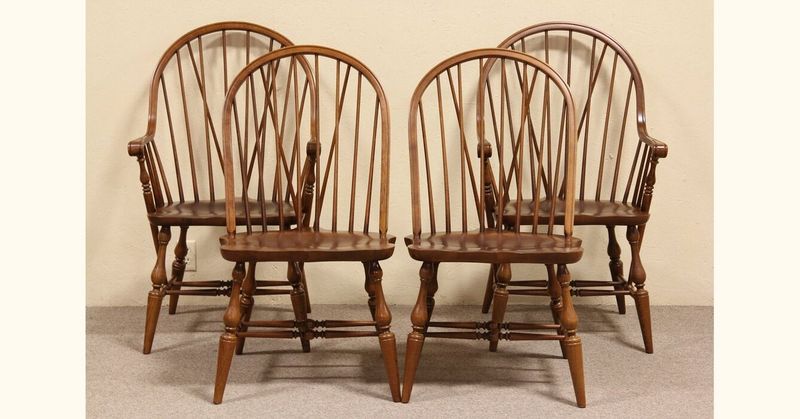
Few furniture pieces scream “Pennsylvania heritage” quite like the humble Windsor chair. Craftsmen throughout the state have been producing these distinctive spindle-backed beauties since the 1700s, creating a tradition that refuses to fade.
Originally brought from England, Pennsylvania artisans quickly adapted the design, creating regional variations that collectors can identify by subtle differences in turnings and proportions. The genius lies in their construction the chair’s strength comes from the spindles being wedged into the solid seat, allowing slight flexibility without breaking.
Even today, small workshops throughout Lancaster and Chester counties continue producing these chairs using traditional methods. Their versatility shines in settings from rustic farmhouses to upscale urban apartments, proving good design truly is timeless.
5. Glossy Lacquered Cabinets (Fizzled Out)
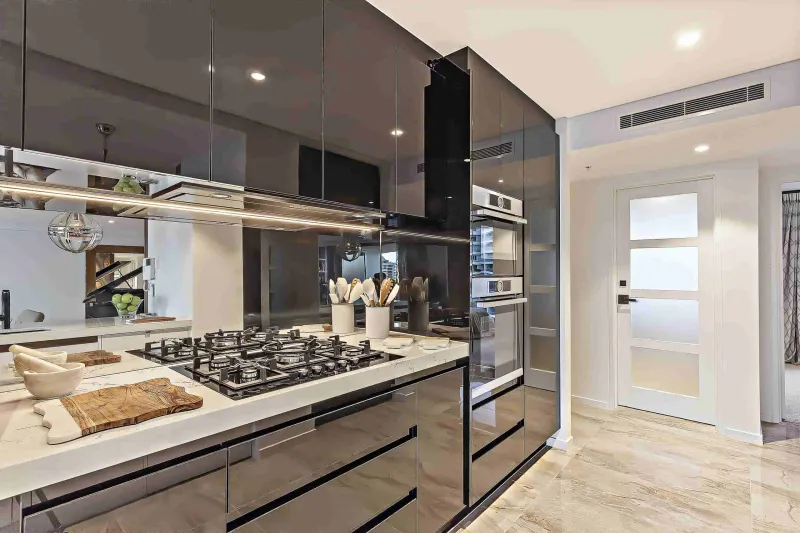
The 1980s kitchen status symbol has lost its shine in Pennsylvania homes. These ultra-glossy cabinets, often in bright white or almond with visible brush strokes beneath multiple layers of polyurethane, once signaled luxury and modern tastes.
Homeowners quickly discovered the impractical nature of these high-maintenance surfaces. Every fingerprint, water splash, and cooking spatter showed prominently against the mirror-like finish. The thick lacquer would eventually yellow, crack, or chip at the edges, making repairs nearly impossible.
Pennsylvania’s practical sensibilities ultimately rejected these fussy finishes in favor of more natural wood tones or matte painted surfaces. The humidity of Pennsylvania summers also proved problematic, causing many of these cabinets to warp or delaminate over time.
6. Handcrafted Amish Rockers

Nestled on front porches across Pennsylvania, these iconic rocking chairs represent the pinnacle of American craftsmanship. Amish woodworkers, concentrated in Lancaster County, create these heirloom pieces using techniques passed down through generations.
What makes these rockers special is their perfect ergonomics the subtle curve of the seat, the angle of the back slats, and the precisely calculated runners create a smooth, satisfying motion. No nails or screws appear in traditional versions; instead, mortise and tenon joints, secured with wooden pegs, provide incredible strength.
Most Amish rockers feature locally sourced hardwoods like oak, cherry, or maple. The natural variations in grain and color develop a rich patina over decades of use, with many families passing these treasured pieces through multiple generations.
7. Oversized Entertainment Centers (Fizzled Out)
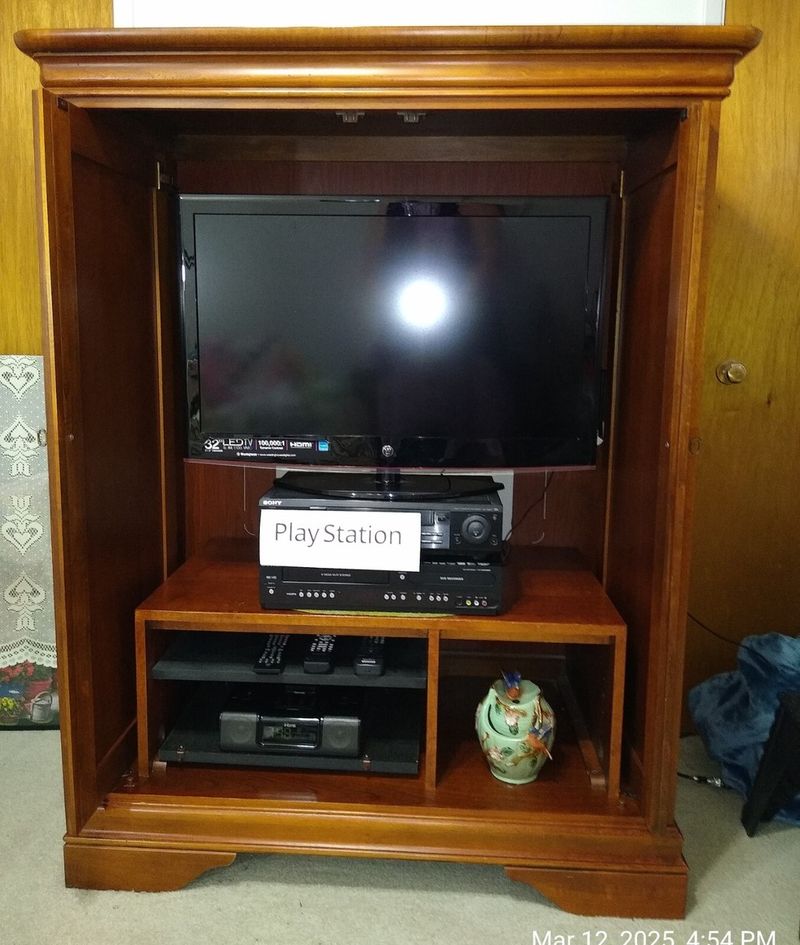
Once the crowning glory of Pennsylvania living rooms, these massive wall units have virtually disappeared from modern homes. These furniture behemoths were designed to house bulky tube televisions, VCRs, stereo systems, and extensive media collections.
Typically crafted from dark oak or cherry veneers, these entertainment centers often featured glass-front cabinets, adjustable shelving, and hidden storage compartments. Some even included built-in lighting systems to showcase decorative items alongside electronics.
The advent of flat-screen TVs and digital streaming rendered these pieces obsolete almost overnight. Their massive footprint – often 7 feet tall and 8-10 feet wide became impractical in today’s open-concept homes. Many Pennsylvania families struggled to donate or sell these once-expensive items when upgrading their living spaces.
8. Ruffled Fabric Recliners (Fizzled Out)
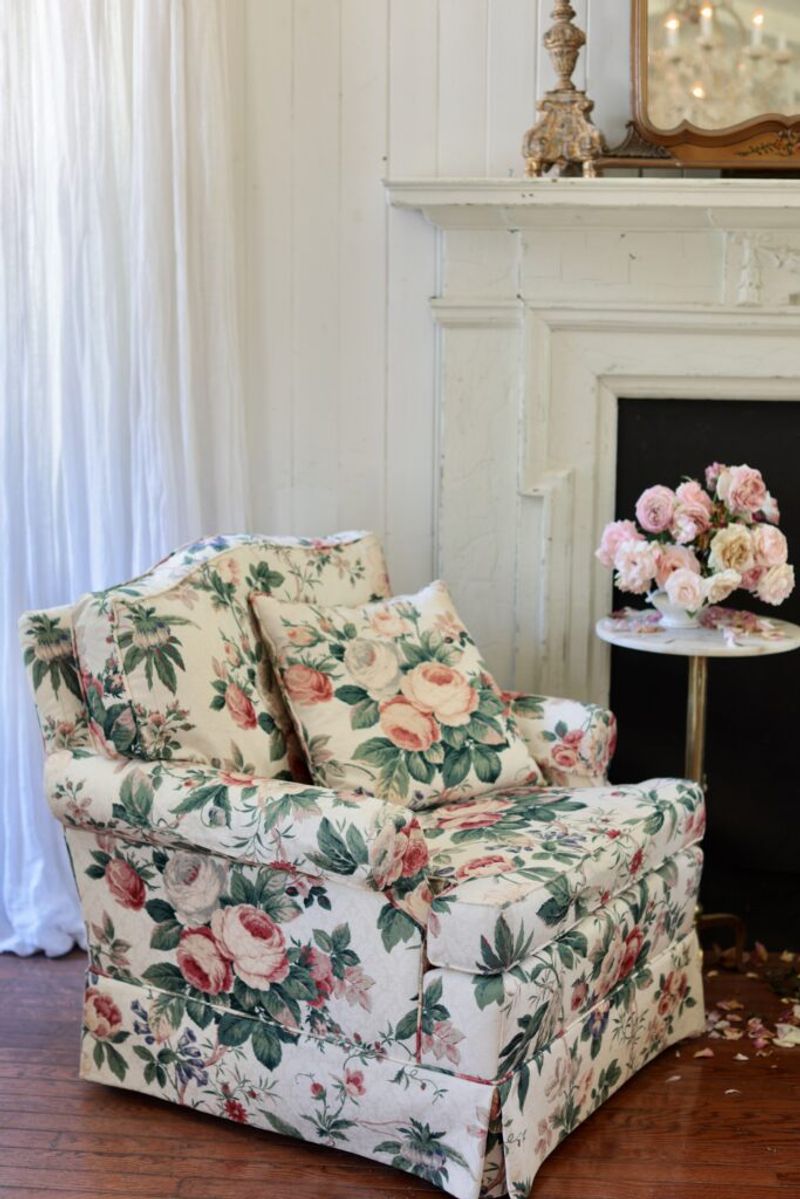
Dad’s favorite chair has officially gone out of style in Pennsylvania homes. These overstuffed recliners, typically covered in floral or striped fabric with generous ruffles along the arms and skirt, were once considered the height of comfort and style.
Often purchased as part of matching living room sets in the 1980s and early 90s, these chairs featured built-in footrests that popped up with a side lever. The fabric choices usually in country blue, mauve, or forest green – coordinated with equally busy wallpaper and window treatments of the era.
As Pennsylvania homes embraced more streamlined aesthetics, these bulky chairs couldn’t adapt. Their excessive fabric gathered dust, the mechanisms frequently broke, and their unmistakable “grandpa’s house” vibe eventually relegated them to basements, thrift stores, or curbside pickup.
9. Mission-Style Coffee Tables
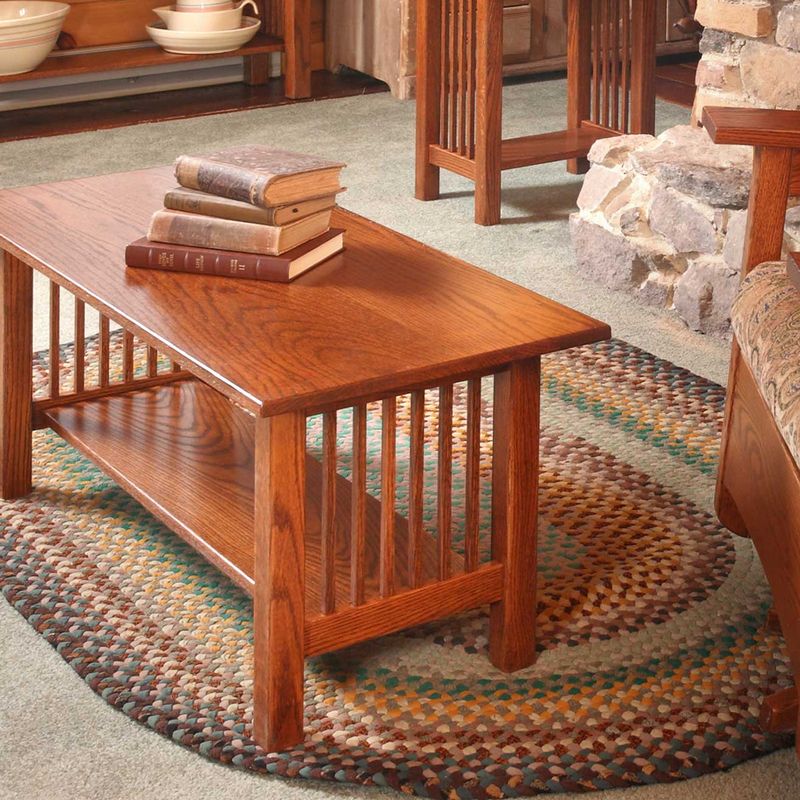
Sturdy, straightforward, and impossible to kill mission-style coffee tables have earned their permanent place in Pennsylvania homes. Inspired by Arts and Crafts movement designs from the early 1900s, these tables feature clean, rectangular lines and exposed joinery that celebrates honest craftsmanship.
Typically constructed from quarter-sawn oak with a medium to dark stain, these tables develop character with each coffee ring and homework session. The visible wood grain, often featuring distinctive “flecking” patterns, becomes more beautiful with age and use.
Pennsylvania homeowners appreciate how these versatile pieces transition between design styles complementing everything from traditional to contemporary décor. Their substantial construction means they’re frequently passed down through families or eagerly snatched up at estate sales, proving their enduring appeal in a disposable furniture world.
10. Colonial-Style Highboys (Fizzled Out)

Once considered the pinnacle of Pennsylvania bedroom furniture, these towering chests of drawers have fallen from fashion in modern homes. Standing nearly six feet tall with two distinct sections – a wider base with deeper drawers topped by a narrower upper section highboys commanded attention in traditional bedrooms.
Typically crafted in dark cherry or mahogany with ornate brass hardware and decorative bonnet tops, these pieces screamed formality. Many featured intricate details like shell carvings, cabriole legs, and flame finials that showcased the cabinetmaker’s skill.
As bedroom sizes shrank and ceiling heights lowered in newer homes, these imposing pieces simply couldn’t adapt. Their deeply traditional styling also clashed with contemporary aesthetics, relegating them to antique shops where they sell for a fraction of their original cost despite their quality construction.
11. Cherry Wood Dining Sets
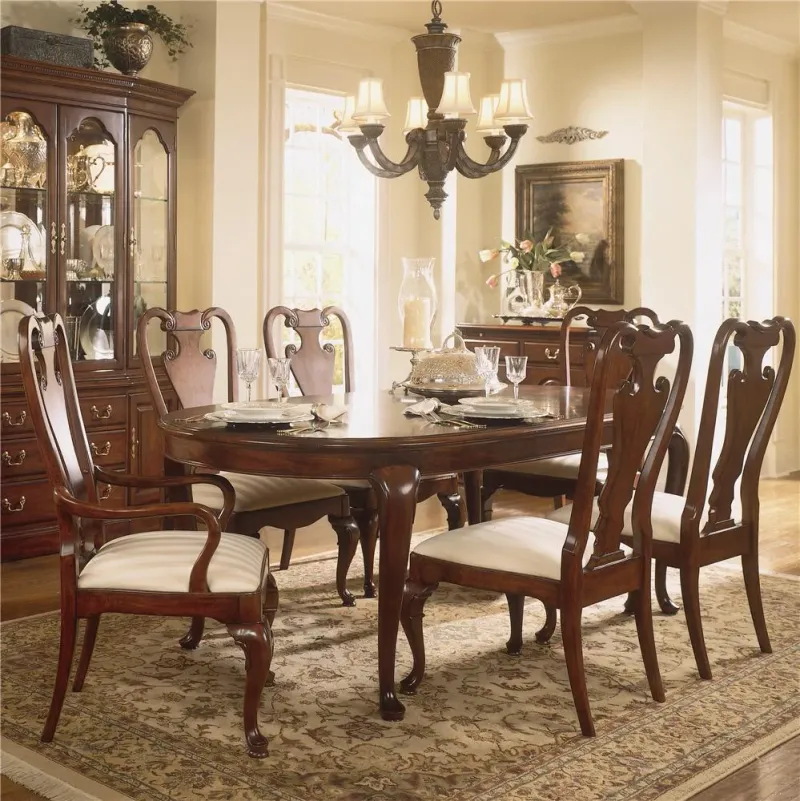
Pennsylvania’s love affair with cherry wood dining furniture has endured for centuries, creating an unbreakable tradition. The rich, reddish-brown tones of cherry deepen beautifully with age a phenomenon furniture enthusiasts call “mellowing” making these pieces more valuable over time.
Many Pennsylvania furniture makers, especially those in York and Lancaster counties, specialized in cherry dining sets featuring Queen Anne or Federal styling. The characteristic cabriole legs, shield-back chairs, and subtle inlays showcase the region’s commitment to refined craftsmanship.
Unlike trendy dining options, these sets maintain their value remarkably well. Families often celebrate special occasions around cherry tables that have witnessed several generations of gatherings. Even in modern homes, these traditional dining sets provide a warm focal point that connects present-day families to Pennsylvania’s rich furniture-making heritage.
12. Classic Rolltop Desks
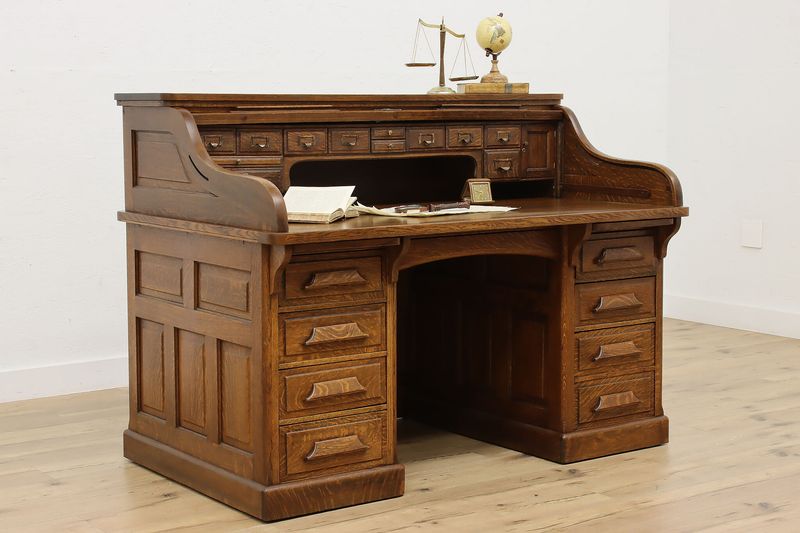
Few furniture pieces capture Pennsylvania’s practical spirit better than the beloved rolltop desk. These ingenious workstations feature a distinctive tambour top wooden slats attached to canvas that roll up and down to reveal or conceal the workspace.
Inside, a wonderland of small drawers, cubbyholes, and specialized compartments keeps everything organized. Many Pennsylvania craftsmen added secret compartments accessible only to those who knew their precise location. The generous work surface typically includes leather insets for comfortable writing.
While technological needs have evolved, these desks have adapted surprisingly well. Modern owners appreciate how the roll-down top instantly hides computer equipment and clutter. Pennsylvania-made examples from the late 1800s command premium prices at auctions, while contemporary craftsmen continue producing updated versions that honor the original design’s brilliant functionality.
13. Ladder-Back Kitchen Chairs
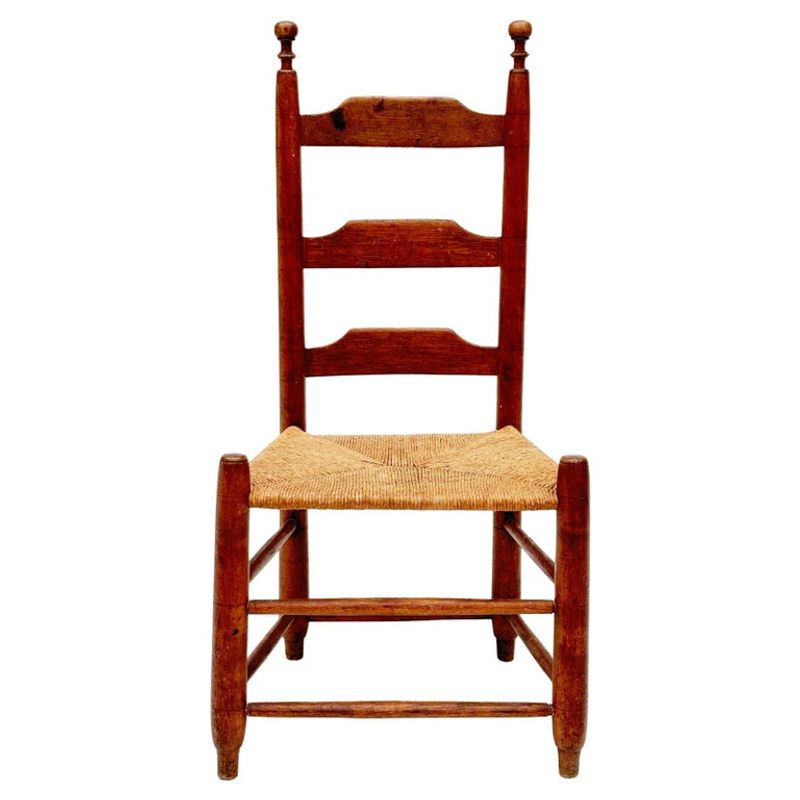
Humble yet dignified, ladder-back chairs have graced Pennsylvania kitchens for over three centuries without losing their appeal. The distinctive design featuring horizontal slats resembling ladder rungs – originated with early German and English settlers who prized simplicity and durability.
Most traditional versions feature hand-woven rush or splint seats that develop a comfortable patina with use. The straight posts and minimalist design made these chairs easy for rural craftsmen to produce with basic tools, while still creating pieces that would last for generations.
Today’s Pennsylvania furniture makers continue crafting these iconic chairs, sometimes with subtle modern updates. Their versatility shines in contemporary settings from farmhouse-chic kitchens to urban apartments seeking authentic character pieces. Unlike trendy seating options, these chairs never look dated, explaining their enduring popularity.
14. Rustic Farmhouse Benches

Nothing captures Pennsylvania’s agricultural heritage quite like the humble farmhouse bench. Originally created as practical seating for large farm families, these straightforward pieces have found new life in modern homes seeking authentic character.
Traditionally crafted from thick planks of locally harvested pine, oak, or maple, these benches feature simple trestle or farmhouse-style legs with minimal ornamentation. Many show evidence of their working past knife marks, paint splatters, or worn spots where generations of farmers sat for meals after long days in the fields.
Contemporary Pennsylvania homeowners appreciate their versatility serving as dining seating, entryway drop zones, or bedroom accent pieces. Their honest construction and natural imperfections provide a welcome counterpoint to mass-produced furniture, explaining why both antique examples and new artisan-made versions remain in high demand throughout the state.

